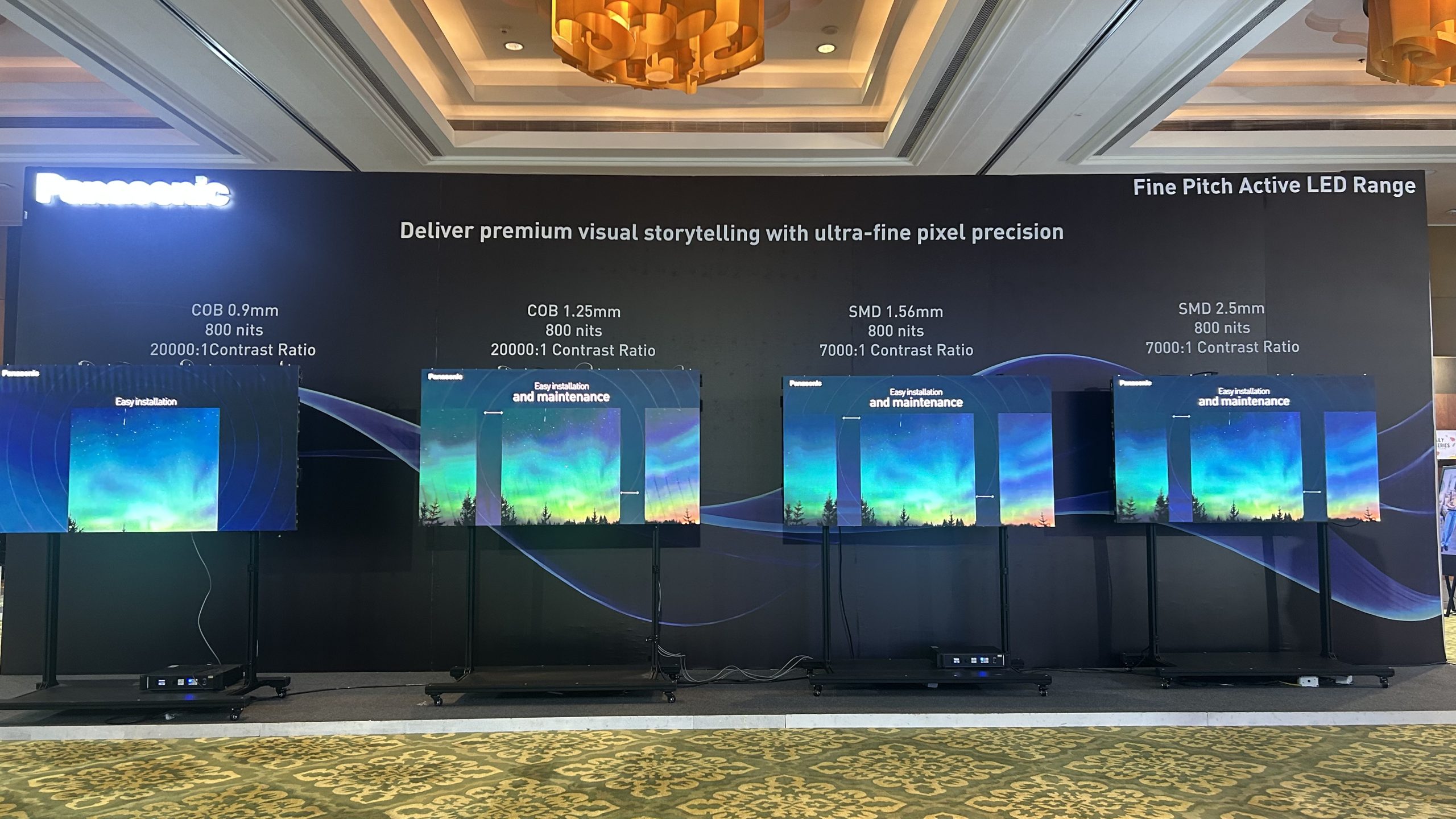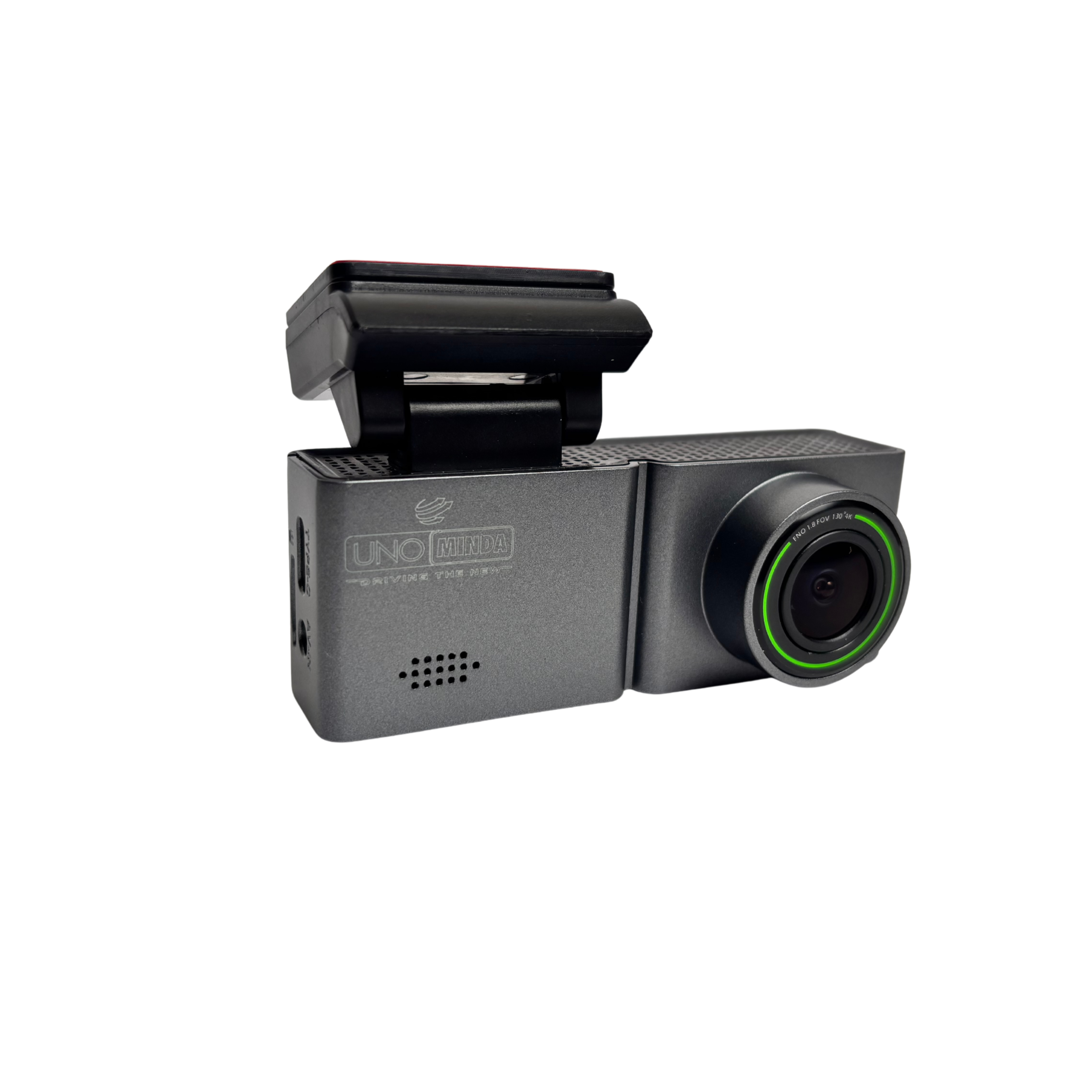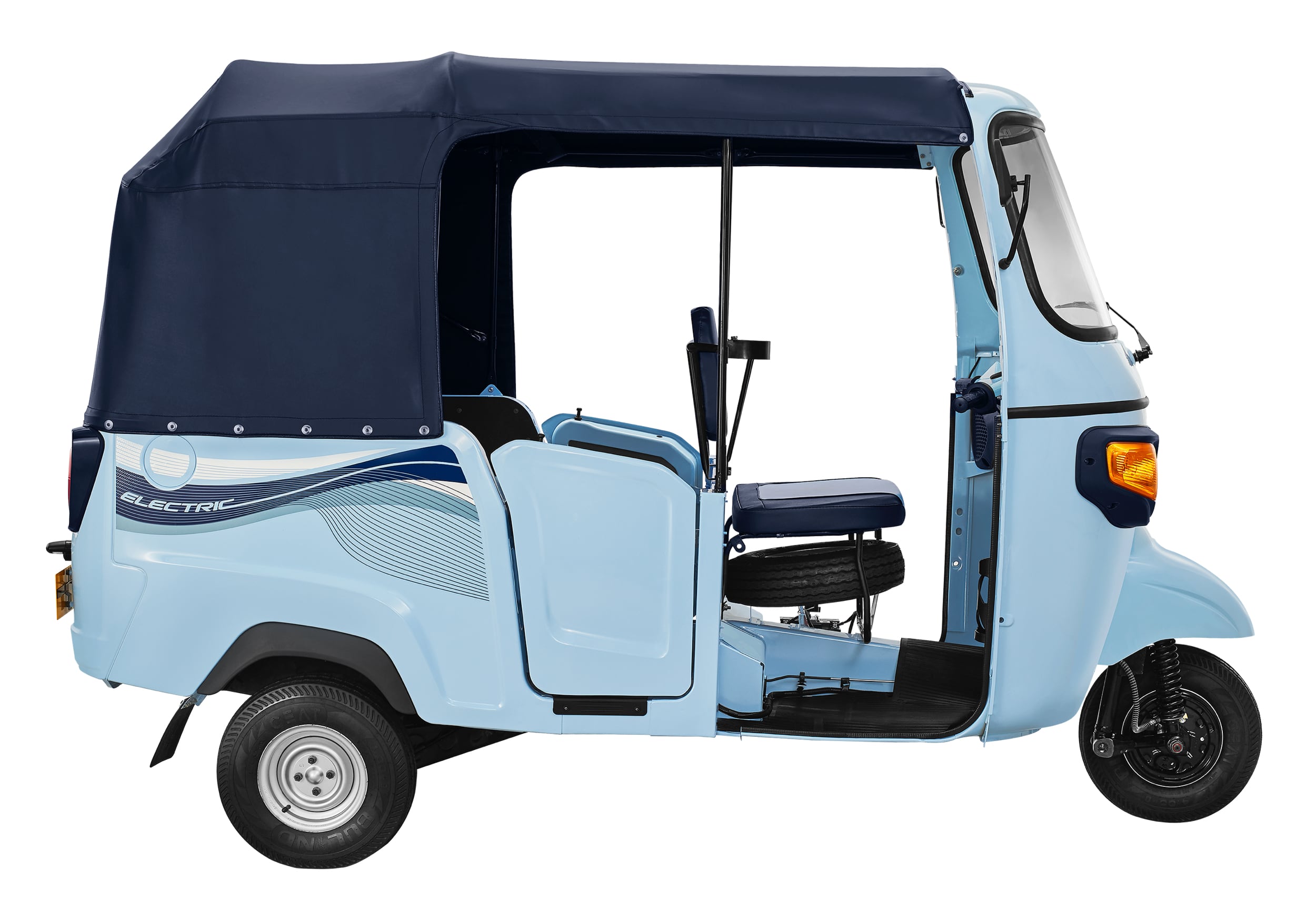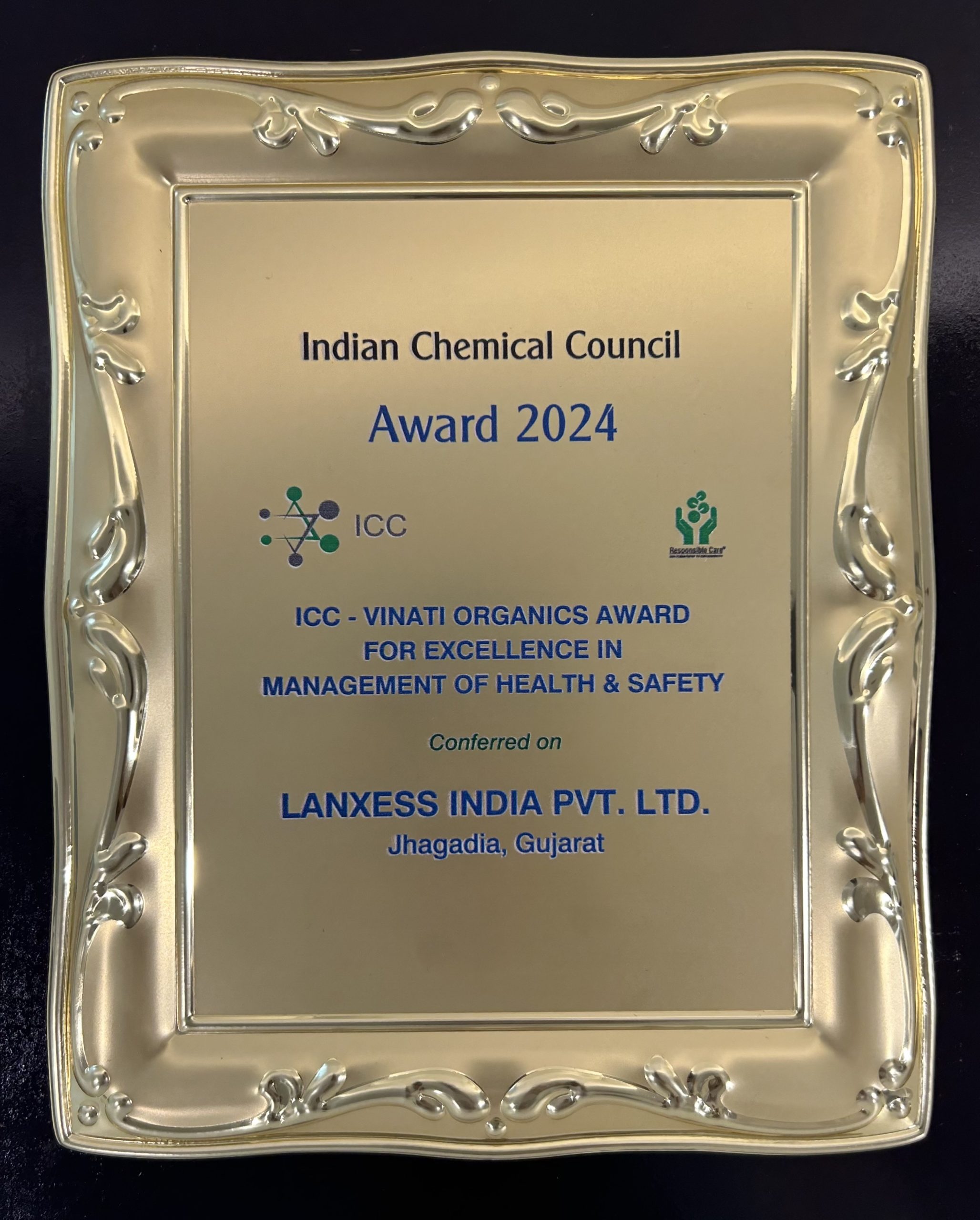This week at CeMAT 2014, Dana Rexroth Transmission Systems will exhibit R2 hydromechanical variable transmission (HVT) concepts specifically configured for material-handling equipment.
A product of the joint venture between Dana Holding Corporation and Bosch Rexroth AG, the HVT R2 features a modular design that can be adapted for a variety of material-handling applications with net input power from 135 to 195 kW (180 to 260 hp), including reach stackers, empty container handlers, heavy forklift trucks, and RoRo tractors.
The HVT R2 is available for prototypes, and production is expected to begin within the next 12 months, depending on OEM adoption.
“HVT technology is ideally suited for busy, round-the-clock material-handling environments where fuel economy, productivity, and durability are essential,” said Jeroen Decleer, Managing Director of Dana Rexroth Transmission Systems. “Our customers have emphasized the need to reduce total ownership costs, and performance tests on the HVT R2 have demonstrated its financial benefits as well as advantages in productivity, functionality, and operator comfort.”
As fuel prices rise and emissions regulations become more stringent, HVTs significantly reduce fuel consumption by decreasing engine speeds throughout the duty cycle and at idle, where speeds can be dropped to as low as 600 rpm. Application analysis demonstrates the possibility of further savings without compromising performance through engine downsizing.
Field tests on working vehicles have shown fuel savings of up to 35 percent over traditional transmission designs, with additional savings possible through further optimization with equipment subsystems.
HVTs enable sensitive, precise vehicle positioning with a stepless drive that offers improved acceleration while maintaining tractive effort. They optimize the operating point of the diesel engine by decoupling engine speed from drive speed, and maintenance costs are reduced by utilizing hydrostatic braking and wear-free directional reversing without clutches.
The HVT R2 is a modular platform that delivers a full suite of configuration options and software controls, such as direct or remote mounting, flexibility in shift control and drive strategy parameters, and the deployment of up to three PTO pumps.
The HVT system helps reduce complexity for equipment manufacturers, since the entire system of gears, clutches, and hydrostatic units is managed by an advanced electronic control unit (ECU) and optimized for efficiency by a single supplier.
The HVT R2 will be exhibited by Dana at CeMAT this week in hall 25, stand G29.
Four-Tier Strategy for Powershift Transmissions
Today at CeMAT 2014, the world’s leading exhibition for intralogistics, Dana Holding Corporation unveiled a four-tier technology strategy offering powershift transmissions customised to meet regional requirements and preferences for forklift trucks and other material-handling vehicles.
Dana will offer a wide range of capabilities across the four tiers by building on a common transmission platform suitable for all markets. This strategy allows machine designers to configure a series of vehicles in the same power range with a wide selection of features that require minimal alterations to the packaging envelope.
The tiers include a full range of options from basic transmission configurations for emerging markets supplying proven performance and long-term durability, up to high-feature transmissions for developed markets incorporating cutting-edge technologies for maximizing fuel efficiency and productivity. Dana has thoroughly tested these features to determine the efficiency gains of these options and help OEMs quantify the total cost of ownership benefits for equipment buyers.
“Material-handling equipment plays a key role in renewed development and economic prosperity around the globe, but there are vast differences in preferences from region to region,” said Aziz Aghili, president of Dana Off-Highway Driveline Technologies.
Spicer T30 and TE30 powershift transmissions for reach stackers and heavy-duty forklift trucks with engines ranging from 225 to 300 kW (300 to 400 hp) demonstrate the versatility of Dana’s four-tier platform. Available features will include reduced internal rotational spinning speeds; optimised clutch capacity; intelligent lubrication and cooling; a high-efficiency, cast-aluminum torque converter that optimises oil flow more efficiently than stamped steel designs; high contact-ratio helical gears for reducing noise; upgraded software and enhanced hardware capacity, flexibility, and expandability that enable advanced control capabilities such as precise inching, eco-drive, power drive, and next-generation overlap control; converter freewheel and lock-up clutches that optimize efficiency in high-power conditions; and streamlined integration with a broad spectrum of advanced parallel hybrid technologies that recuperate energy through electric, kinetic, or hydraulic systems.
The company will offer prototypes of these transmissions for OEM field testing in the third quarter of 2014, and the production of models with select features is expected to begin at the end of this year. It will follow the same approach in the development of Spicer T14 and TE14 powershift transmissions for mid-sized forklift trucks with lift capacities of 13 to 27 tonnes (14 to 30 tons) in the 120 to 200 kW (160 to 270 hp) range. Short-drop prototypes of these transmissions will be available in third quarter of 2014, with the start of production expected by the middle of 2015.
VariGlide Continuously Variable Planetary Technology
Dana also announced new milestones in the development of VariGlide technology, a revolutionary new transmission design that incorporates continuously variable planetary (CVP) technology. This patented, planetary traction drive will be integrated into a variety of power paths to optimise the transmission assembly, significantly reducing fuel consumption and maximizing performance.
Developed through a strategic licensing relationship with Fallbrook Technologies Inc., this product can replace the torque converter in some transmission configurations to decouple engine speed from the vehicle’s travel or working speed. Ideal for the rapid acceleration, deceleration, and precise positioning required by material-handling applications, it also eliminates the need for forward and reverse clutches while reducing overall engine speeds, allowing the engine to operate at its optimum efficiency level and reduce noise levels.
Numerous powersplit power path concepts for forklift truck applications have been analysed, and initial simulations show projected fuel savings of up to 20 percent for a standard-sized forklift truck operating in a typical pick-and-place duty cycle. The company is currently upfitting a 2.2-tonne forklift truck with this technology for functional evaluation.












Leave a Reply